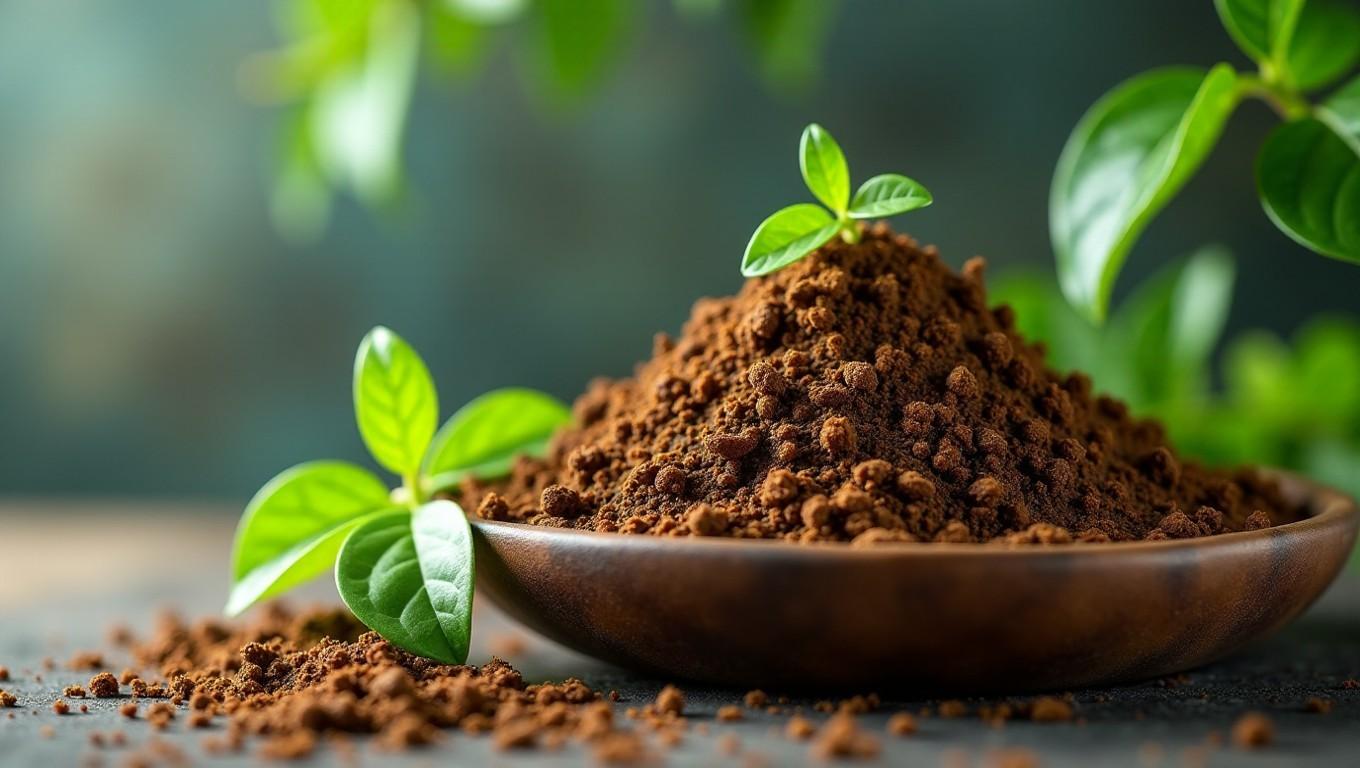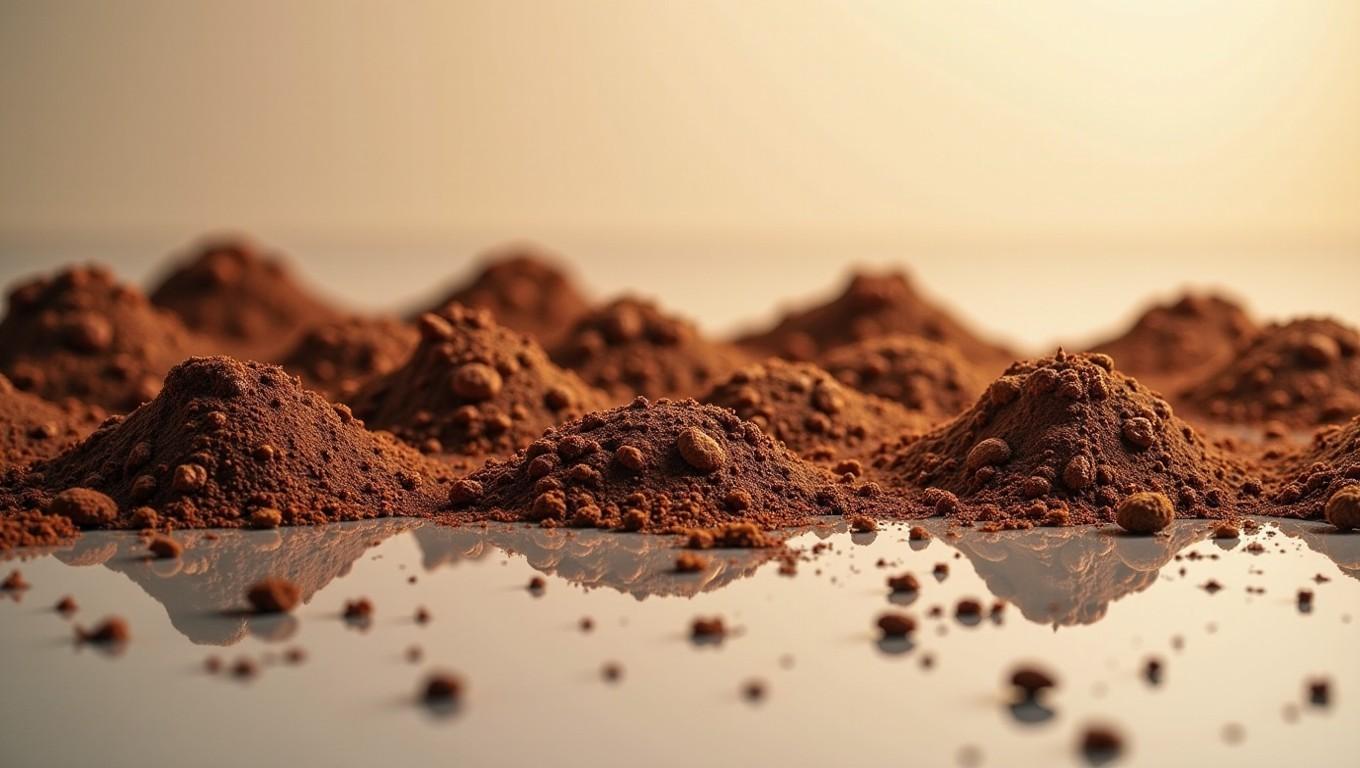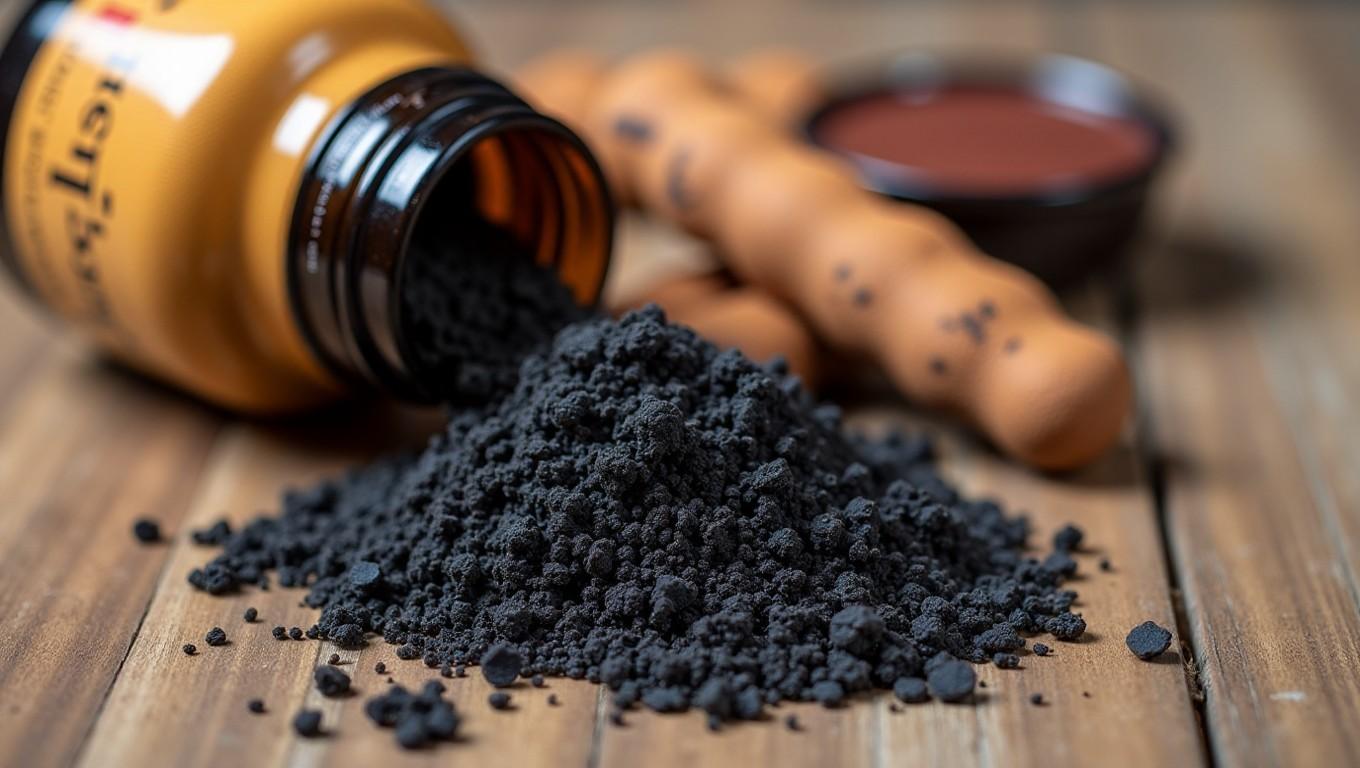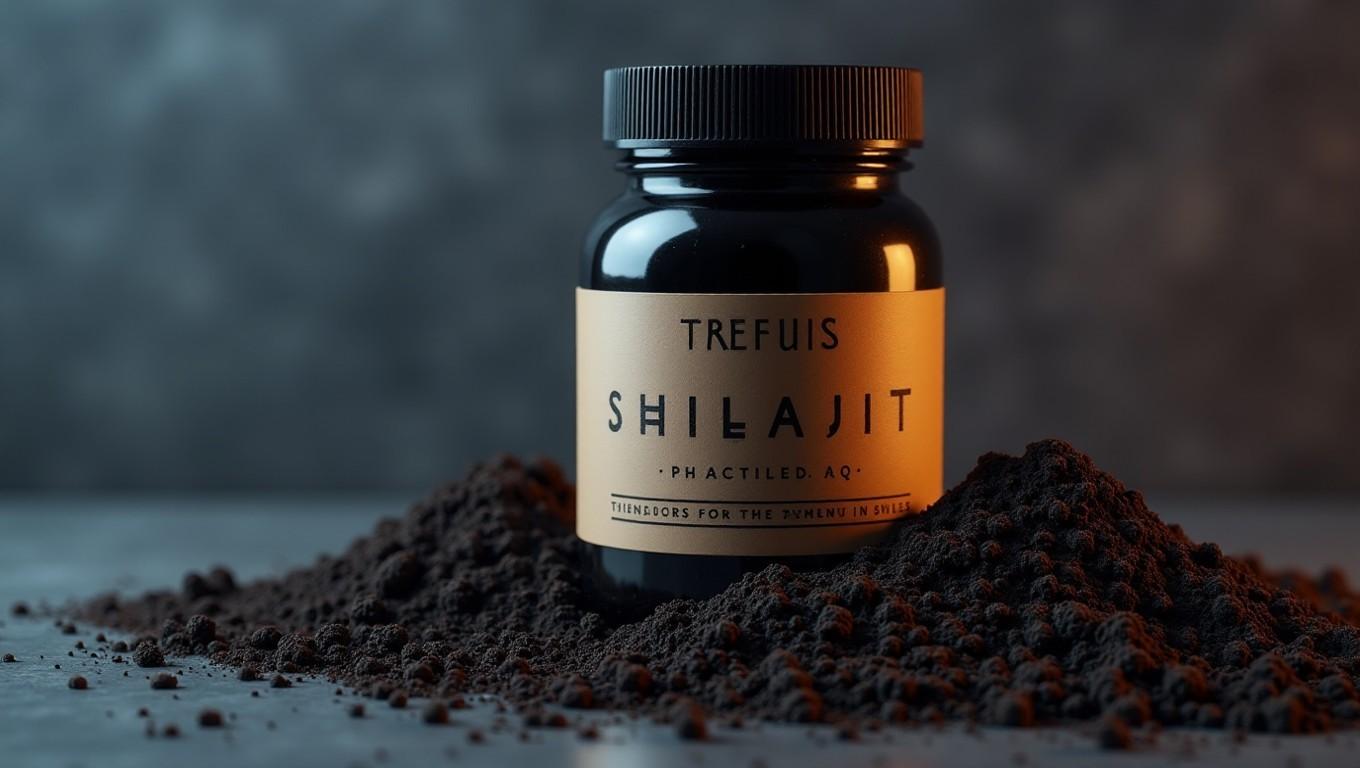Shilajit is a natural substance found primarily in the rocks of the Himalayas. It develops over centuries from the slow decomposition of plants and contains a wide array of minerals, fulvic acid, and other compounds. Used for thousands of years in traditional Ayurvedic medicine, shilajit is now gaining popularity in the West as a potent superfood supplement with a variety of potential health benefits [1].
This ancient medicinal resin has been prized for its ability to enhance strength, support cognitive function, boost immunity, and promote overall vitality and longevity. Modern research is now validating many of the traditional uses of shilajit and uncovering new applications for this unique natural substance. Let’s explore what shilajit is, how it’s formed, its key components, evidence-based benefits, safety considerations, and more.
What Exactly is Shilajit?
Shilajit is a sticky, tar-like substance that seeps from layers of rock in several mountain ranges around the world, but is most commonly harvested in the Himalayas. It is formed through a long process of breaking down plant matter and minerals [1].
Over hundreds of years, the harsh weather conditions and microbial activity in the mountains cause plants to decompose. This organic residue is compressed between layers of rock and eventually transforms into a nutrient-rich biomass. The summer heat causes this resinous substance to flow out of cracks in the rocks, where it is then collected.
Raw shilajit is composed of approximately:
- 60–80% organic matter
- 20–40% mineral matter
- 5% trace elements
The organic matter includes key compounds like fulvic acid, humic acid, and dibenzo-alpha-pyrones. The mineral content provides over 84 minerals in ionic form including magnesium, calcium, phosphorus, and others [2].
Key Bioactive Components of Shilajit
Shilajit contains a number of bioactive substances that contribute to its effects:
Fulvic Acid: Makes up 60–80% of shilajit composition. Fulvic acid helps transport nutrients into cells and supports detoxification [3].
Humic Acid: Works synergistically with fulvic acid to enhance mineral absorption and provides antioxidant effects.
Dibenzo-α-pyrones: Powerful antioxidants that support mitochondrial health and energy production.
Minerals: Contains over 84 minerals including magnesium, calcium, zinc, iron, copper, manganese, and others in bioavailable ionic form.
Vitamins: Small amounts of B vitamins, vitamin C, and vitamin E.
Amino Acids: Contains several essential and non-essential amino acids.
Evidence-Based Benefits of Shilajit
While more research is still needed, several studies have found promising potential benefits from shilajit supplementation:
1. Enhances Energy and Reduces Fatigue
Shilajit appears to boost mitochondrial function, enhancing the body’s production of ATP. A 2012 study in the Journal of Ethnopharmacology found that shilajit helped reduce symptoms of chronic fatigue syndrome [4].
2. Supports Cognitive Function
Fulvic acid and antioxidants in shilajit may help protect brain cells and enhance cognitive performance. A study in the International Journal of Alzheimer’s Disease found that shilajit helped inhibit tau protein accumulation [5].
3. Boosts Testosterone and Fertility in Men
Research shows shilajit can significantly increase testosterone levels. A study in Andrologia reported a 23.5% increase in total testosterone after 90 days of supplementation [6].
4. Reduces Inflammation and Pain
Shilajit exhibits anti-inflammatory effects. A 2014 study found that it reduced inflammatory markers and alleviated osteoarthritis pain [7].
5. Supports Heart Health
Shilajit may reduce cholesterol and improve lipid profiles. A study in the Journal of Medicinal Food observed improved HDL and reduced LDL cholesterol levels [8].
6. Enhances Nutrient Absorption
Fulvic and humic acids help enhance the absorption and utilization of other nutrients [3].
7. Supports Detoxification
Shilajit’s fulvic acid binds to toxins and helps eliminate them from the body, aiding detoxification.
| Benefit | Key Compounds | Research Evidence |
|---|---|---|
| Boosts Energy | Fulvic acid, minerals | Improved mitochondrial function and ATP production [4] |
| Cognitive Support | Fulvic acid, antioxidants | Reduced tau protein accumulation [5] |
| Increased Testosterone | Minerals, fulvic acid | 23.5% testosterone boost in 90 days [6] |
| Anti-inflammatory | Fulvic acid | Osteoarthritis symptom relief [7] |
| Heart Health | Fulvic acid, minerals | Improved cholesterol profile [8] |
How to Use Shilajit
Shilajit is available in several forms:
- Raw resin
- Powder
- Capsules or tablets
- Liquid extract
The traditional method is to dissolve a small resin portion in warm water or milk and consume on an empty stomach. For convenience, many prefer capsules.
Typical dosage ranges from 300–500 mg daily. Start with a low dose and increase gradually. Always follow product guidelines or consult a healthcare provider.
Shilajit is often taken in cycles—6–8 weeks on, followed by 2–4 weeks off—to prevent tolerance.
Safety and Side Effects
Shilajit is generally safe when used properly, but some precautions apply:
- Avoid raw, unprocessed shilajit due to possible heavy metal contamination
- Not recommended for those with high iron levels
- Can lower blood pressure—use caution with antihypertensives
- Not advised for pregnant or breastfeeding women
Possible side effects include upset stomach, dizziness, or mild allergic reactions. Only buy from trusted brands that conduct third-party purity testing. A great example of a high-quality source is this premium Himalayan shilajit resin.
Real-Life Examples
Someone experiencing fatigue, low energy, and brain fog despite good habits might benefit from shilajit’s support for mitochondrial ATP production.
Older adults aiming to maintain cognitive clarity could use shilajit’s antioxidant support for brain health and neuroprotection.
Middle-aged men with declining testosterone may find natural hormonal support through consistent shilajit supplementation.
How Does Shilajit Compare to Other Supplements?
- Provides ionic minerals—more bioavailable than typical multivitamins
- Unlike creatine or caffeine, supports long-term energy metabolism
- Indirectly supports gut health without being a probiotic
- More comprehensive than vitamin D or calcium for mineral balance
- Comparable to ashwagandha in holistic benefits but with different compounds
Shilajit stands out for its broad-spectrum, systemic benefits rather than targeting one single issue—making it a versatile, foundational supplement for overall well-being.






